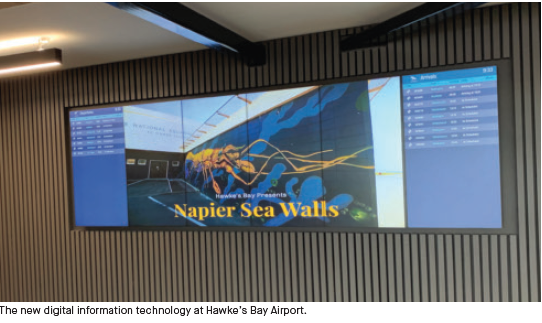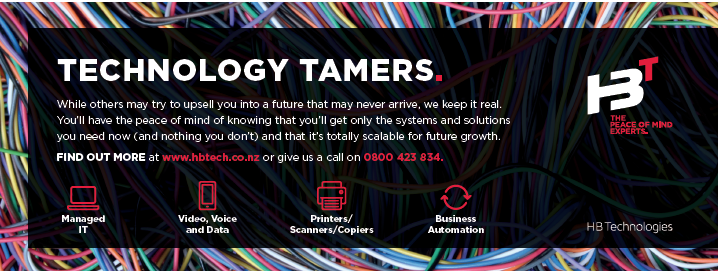Different types of digital displays are all around us, and both getting bigger (billboards) and smaller (watches). This technology is unavoidable, and although it looks to be changing and growing fast, it may not be as more significant change as we would expect. Before we see where we are going, let’s first take a look at where we have come from.
Virtual Reality has been around for over 100 years, and many of us know an early form of this in the View-Master toys that we had as kids. As digital tech started taking over, and all the toys needed batteries, this type of VR almost disappeared. Fast forward to the early 2010s and VR began to take off in new ways. Now we can make a mount for our phones out of cardboard and use these for our own VR experience at home.
If we look at the iPad, this seems like a standard and very normal touch screen tech that came quickly and hasn’t left. But let us not forget the tablets that came before this. Some of you may remember the old flip tablet/laptops with Windows XP or even going back as far as Windows 3.1. They were clunky, expensive, not very user friendly, and you had to use a stylus.
Then came along the iPad in 2010 with its sleek design, and we could throw away that frustrating stylus. While all the above was going on, classrooms had moved from blackboard to whiteboards, and some even used projectors on the whiteboard to display content from computers.
The incorporation of computers and whiteboards has been a goal of many for over ten years. In the early days, it was again clunky, expensive, and not user friendly. Now, with help from Covid, video conferencing using apps like MicrosoftTeams or Zoom are very mainstream.
By using an interactive whiteboard, with a good camera, speaker and mic, a boardroom now allows businesses to connect and meet between cities or even countries without the expensive cost of travel. Engineers can work on designs together, management can work through board papers and mark up changes or suggest adjustments required, and suppliers from across the globe can meet you in your own business and bring expertise otherwise inaccessible due to distance.
With other advances in tech, like IoT (Internet of Things), ML (Machine Learning), and AI (Artificial Intelligence), this allows for displays to be much more informative and valuable to businesses and their customers.
For example, you are heading to the Airport, IoT and AI knows that parking sections A, B and D are almost full, so a sign directs you to either C or E parking sections. When you are going to check in your bags, IoT ML and AI can know how much luggage needs to be checked-in in each line and can estimate the length of time-based on past history.
The digital displays can then guide you to the quickest line. At the café, instead of staff handwriting, the labels and prices of everything on the display cabinet, the glass of the display cabinet could be a transparent digital display and show you the price and the wait time for that tasty cheese scone. And when the last scone is taken, the price and description automatically disappear.
With a world that is getting physically bigger (due to travel restrictions) but digitally smaller, other technology like AR (Augmented Reality) will likely become more critical. AR is already here, and most of us have heard of games like Pokemon Go, it was a big hit in 2016 but has disappeared from our focus. Some local businesses are already using AR today.
I don’t expect to see considerable changes in digital display technology, but bigger changing in its integration with other technologies, whether mobile, IoT, ML, or AI, and it will change the way we use digital display and the value we place on them.



